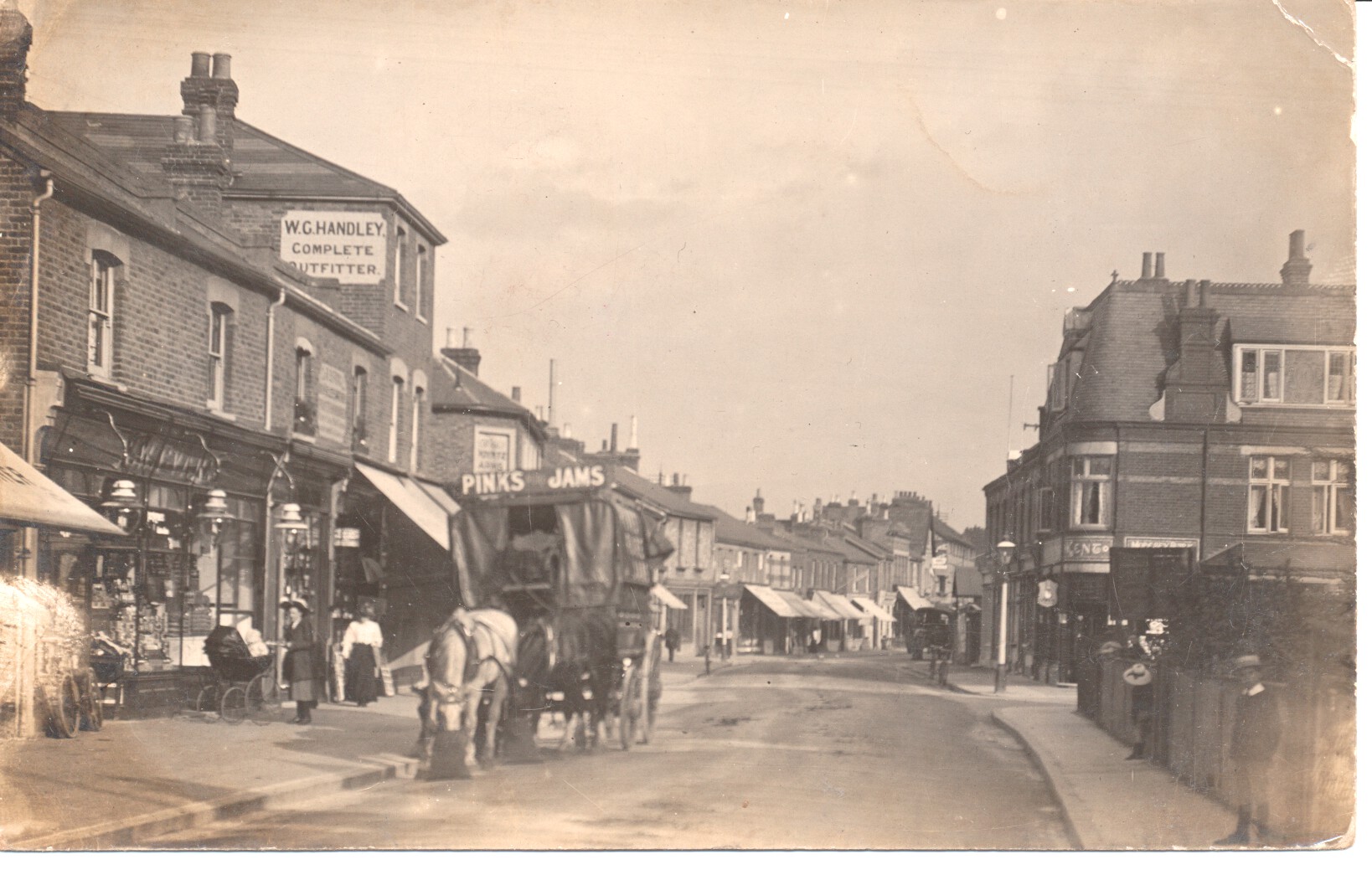This part of the website is intended to provide access to material that the Society wishes to both archive and make generally available to anyone interested in the history of Molesey.
The material currently includes transcriptions of talks given by or copies of papers and articles written by members of the Society.
We intend to grow the collection. Over time, we hope to be able to widen the scope to include other material such as photographs, digital sound recordings, maps and other documents.
Permission should be obtained from the Society for the use of any of this material elsewhere.
To access any of the catalogue listed below, click on the relevant item.
CATALOGUE
The Court Cinema by Rowland Baker
Molesey Cemetery by Anthony Barnes
Some Notes on Railways in the Molesey and Walton Area by Greg Martin.
The History of Cottage Hospitals in Molesey part of a talk given by Dr. Kenneth Brown to the Molesey Local History Society on 6 March 2008.
The NHS in Molesey in the 1960s” part of a talk given by Dr. Kenneth Brown to the Molesey Local History Society on 6 March 2008.
This is a presentation of slides that should be viewed in conjunction with the above two articles. Molesey Hospitals.
“Molesey Mills – a History of the Mills and Milling”, a talk by Brian Smith to the Molesey Local History Society in April 2009.
“Wartime Memories of Molesey”, a compilation of memories from those living in Molesey during World War II.
- VE Day and VJ Day celebrations – 75 years on – details to follow
‘Escape from France’ – posted here in 2020. We are very grateful to Rosemary Searle who has sent us an account of her father’s ‘Escape from France’ in June 1940 during Operation Aerial.
Rosemary has also provided the attached recording of Leslie Chandler, her father singing ‘Welcome Home‘ from the Musical Fanny by Harold Rome, accompanied by Cynthia her mother on piano.
Link to recording and Link to words.
Comments received
– ‘Thanks for sending this onto us. It is very moving. Kind regards, Margaret’ – ‘Thank you so much for sending information and the email on Escape from France’. It was such an interesting article and so good to have a personal view on those events. Kind Regards Carol’
“Horse Power on the Hampton Court Branch in 1849”, a paper by David Turner on motive power in the early days of the Hampton Court Branch Line.
“The Caundle – Molesey’s Fourth River”, a paper by Brian Smith setting out the findings of research carried out by the Society’s Waterways Group.
“Sport On The Hurst – Cricket”, a talk given by John Hutton to the Molesey Local History Society on 12 October 2012.
“Sport On The Hurst – Horse Racing”, a talk given by Stewart Nash to the Molesey Local History Society on 12 October 2012.
“Musicians of Note” – This is a small booklet by John & Rosemary Searle. It is about John’s meeting with Percy Godfrey, composer and one-time Master of Music at King’s School Canterbury. Percy lived at Sunningdale, 25 Spencer Road during WWII and bequeathed his Virgil Practice Clavier to John. As a result of this brief friendship, John also came to know about Amina Goodwin (see manuscript), a resident at Glenlyn, who had been a well-known pianist and pupil of Franz Liszt.

